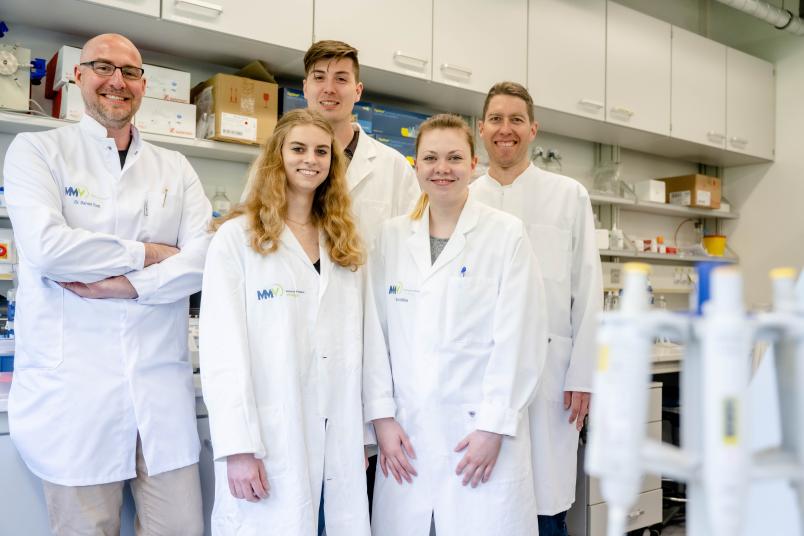
Virology Mutating Hepatitis Viruses Make Drug Treatment More Difficult
A combination therapy with multiple drugs is more effective than just one active compound. To begin with, at least.
Hepatitis E affects over 20 million people worldwide. It clears up without any consequences in most cases, but it can pose a risk to pregnant women and immunocompromised patients. There are no specific active substances against the virus. Researchers at Ruhr University Bochum and Hannover Medical School have closely monitored the evolution of the virus in two chronic patients undergoing combination therapy with the antiviral agent ribavirin and sofosbuvir, which was developed to combat hepatitis C. They identified variants that lead to resistance. Their findings may help to develop better active substances. The team published their findings in the journal JHep Reports from January 2, 2024.
The virus mutates in the body
The study team monitored two patients with chronic hepatitis E who had not previously responded to ribavirin and who were then treated with a combination of sofosbuvir and ribavirin. “In both cases, the combination therapy was more effective than treatment with just one active ingredient,” says Dr. André Gömer from the Department of Medical and Molecular Virology at Ruhr University Bochum. “In both patients, the viral RNA in the blood and stool initially dropped almost to the detection limit.” This observation is in line with findings from therapy of other viral diseases such as HIV, which is also treated with combinations of individual active substances.
Study paves the way for the next generation of active substances
At a later stage, however, more hepatitis E virus (HEV) was detected again, as resistant variants emerged. Specifically, the variants called A1343V and G1634R proved to be resistant to the combination therapy. “However, the viral load remained low in both patients and the infection healed completely in one of them over the course of several months,” stresses Dr. Katja Dinkelborg, clinician and researcher from Hanover. “The other patient also recovered after another short course of ribavirin therapy, meaning that combination therapy with sofosbuvir should be considered in cases of severe courses of chronic hepatitis E after failed ribavirin monotherapy.”
Nonetheless, the research team points out that hepatitis E remains a serious global health problem due to a lack of specific anti-HEV drugs. “Even though drugs such as ribavirin, interferon and sofosbuvir have shown potential, the rapid emergence of resistant variants poses a considerable challenge,” concludes Professor Benjamin Maasoumy, Senior Consultant at the Department of Gastroenterology, Hepatology, Infectiology and Endocrinology at Hannover Medical School.
The current study does more than highlight the effectiveness and limitations of current treatment; it also provides valuable insights into the evolutionary dynamics of HEV, paving the way for the next generation of antiviral treatments.